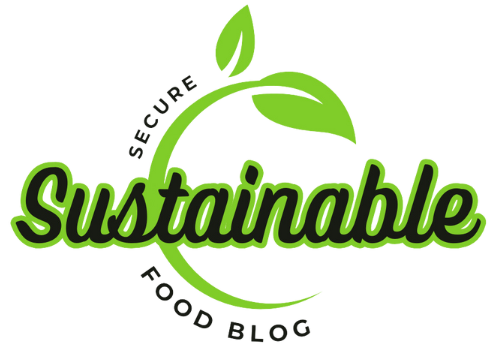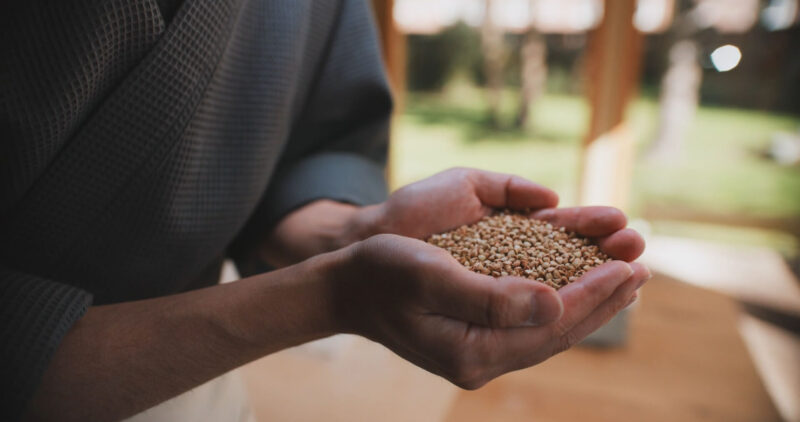Although humble in appearance, seeds have nourished generations of people through their potent nutritional content and ability to blossom into plants that sustain both animals and humans.
From the ground have come essential crops that feed and fuel our bodies, supporting our growth and development from childhood through adulthood. This article seeks to shed light on the underappreciated yet vital contributions of seeds, examining the important benefits they provide
The Gifts That Keep On Giving
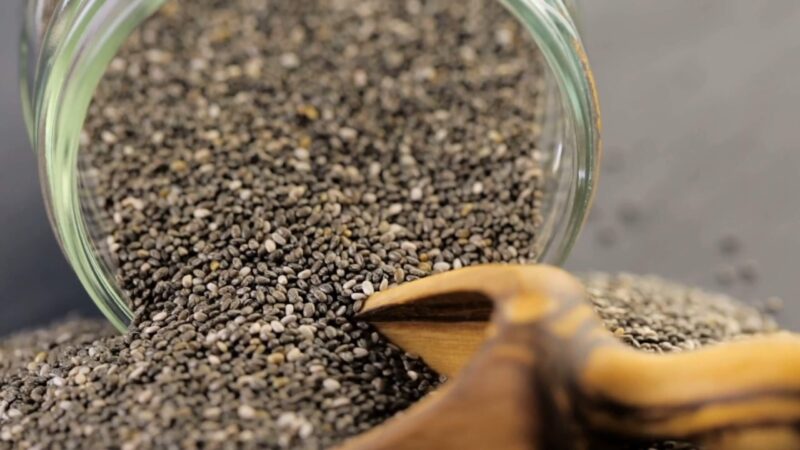
Seeds are the humble heroes of nature, providing sustenance for countless fellow travelers in the natural world. From feathered ones that fly to furry friends that forage, seeds sustain diverse species as they raise their little ones and fulfill their roles within the ecosystem.
Equipped for distribution through air, water, or the helping hands and tails of local wildlife, seeds ensure that nature’s bounty is shared far and wide. Whether carried to parched plains after rainy spells or drift landing in rocky clearings, they take root wherever the opportunity arises.
Through resilience and adaptability, seeds safeguard plant populations against the uncertainties of unpredictable environments. Their quiet persistence allows nature’s characters, great and small, to rely on nature’s renewal from one season to the next through the steady hand of seed dispersal.
Nature’s Tiny Treasures

Within their petite frames resides an abundance of essential fatty acids, proteins, vitamins and minerals – life’s essential building blocks in compact form. Flax and chia stand as proud champions, their abundance of omega-3s protecting heart health. Pumpkins lend their bounty of magnesium, allowing strong bones and steady energy levels.
Sprinkle chia or pumpkin on the salad to boost it. Blend flax into smoothies for easy eating. Mix sunflower into oats for extra flavor. Spread through meals for digestion aid. Heart health also gets support. Overall wellness increases too. Don’t ignore seeds just because they’re tiny! A sprinkle adds nutrition to any dish. Little seeds mean big benefits with low effort.
Usage in Agriculture: The Backbone of Food Production
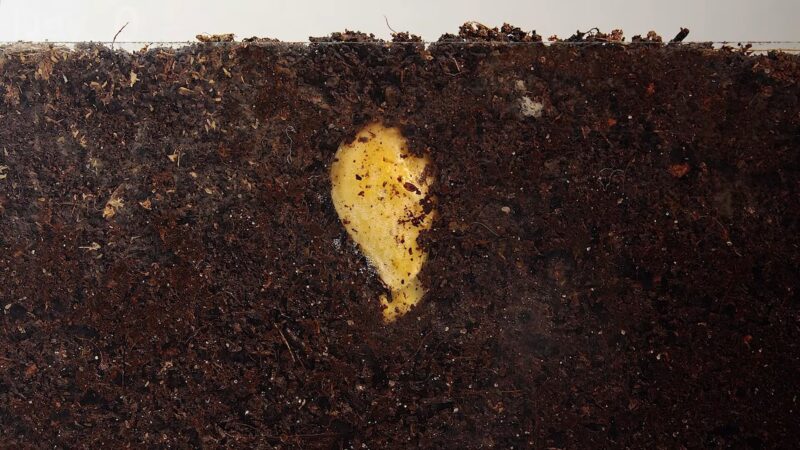
Without seeds, there would be no crops and thus no fields filled with sustenance for all. Through generations of nurturing by farmer’s skilled hands, seeds have been shaped to withstand challenges – bountiful yields their payment for strength, hardiness, and suitability to the land.
This ageless bond of cultivation, this mutual growing between planter and planted, has pushed back hunger wherever seeds take root.
Advances in Seed Technology
Recent advancements in technology have significantly impacted agricultural productivity. Techniques like genetic modification and hybridization have led to the creation of varieties that are more resilient to pests, diseases, and extreme weather conditions.
These innovations not only increase crop yields but also reduce the need for chemical pesticides, contributing to more sustainable agricultural practices.
The Diversity of Seeds: A World of Variety
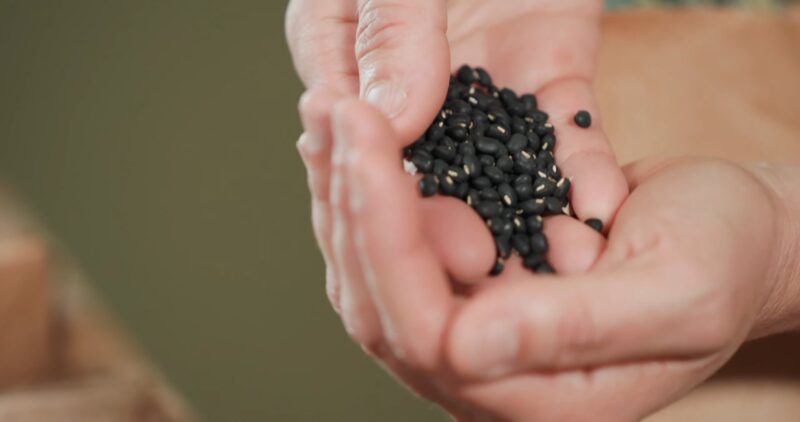
Seeds come in different sizes and shapes. Some are very tiny, others are large. They also move in different ways. Some float on the wind or water. Others stick to fur or feet to travel farther.
Inside each seed is a baby plant. They have stored food to help the young plant grow at first. Seeds also have tough protective covers.
Over long periods of time, seeds evolved to move and survive better. They developed special parts for being blown by wind, floating in water or clinging to animals. Seeds learned ways to stay safe until it’s time to sprout, like through protective covers or remaining in one location.
Because of these adaptations, seeds can now thrive in many types of environments like forests, grasslands or deserts. Different seeds do well in varying places. This enables plants to inhabit all parts of Earth and provide food and habitat for other species. Seeds help ecosystems exist everywhere by spreading plants worldwide.
FAQ
How do seeds contribute to sustainable agriculture?
They are bred for higher yields and disease resistance can reduce the need for chemical pesticides, promoting sustainable farming practices.
How do seed banks contribute to biodiversity?
Seed banks preserve a variety of species, ensuring biodiversity and availability for future generations and restoration projects.
Can you grow plants from seeds found in fruits in stores?
In many cases, yes. However, the quality and type of the plant may vary from the parent plant due to hybridization.
Final Words
In conclusion, seeds are truly remarkable little gifts that do great things. Though small, each one holds a future plant waiting to grow. Seeds help plants spread near and far so nature stays balanced with many types of trees, flowers and food.
